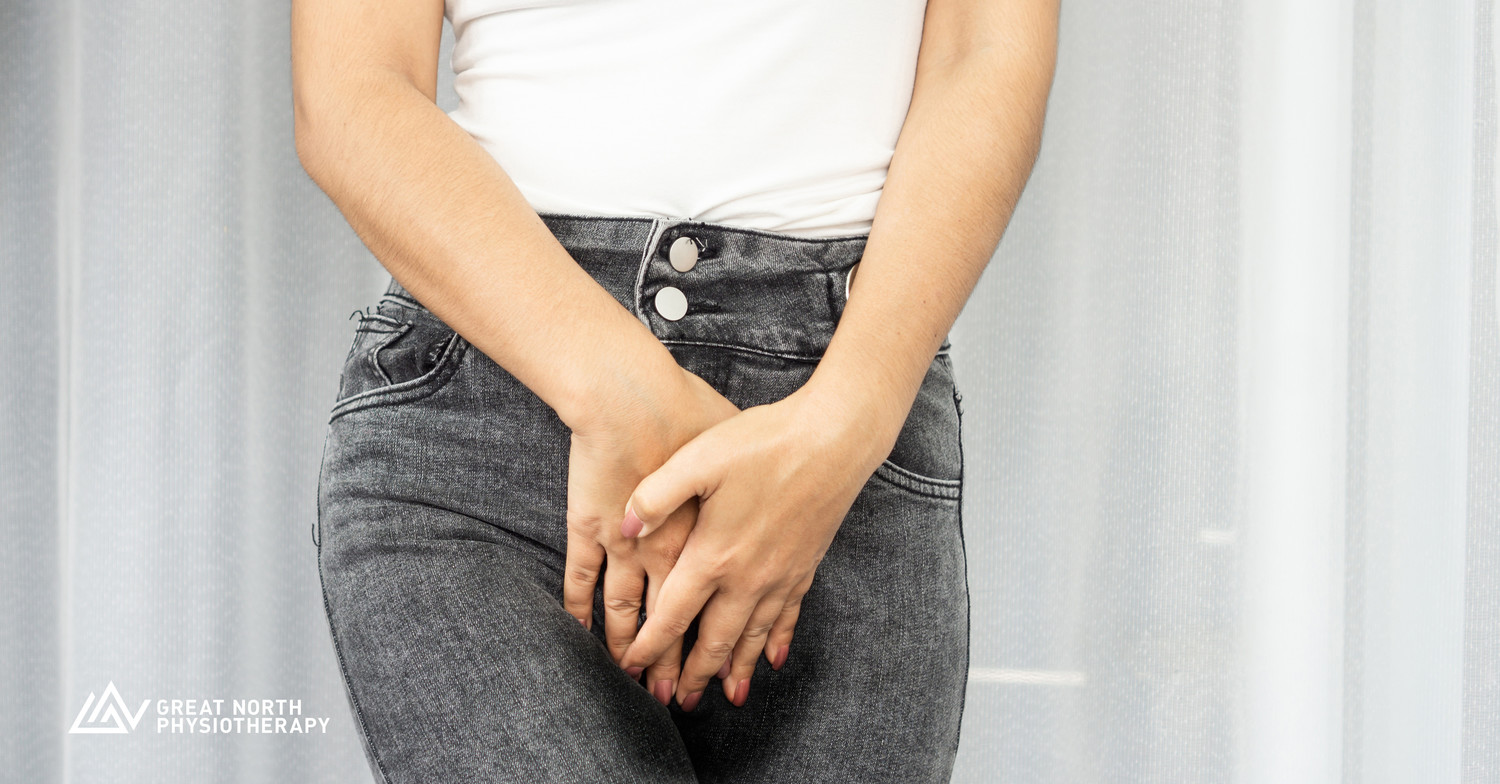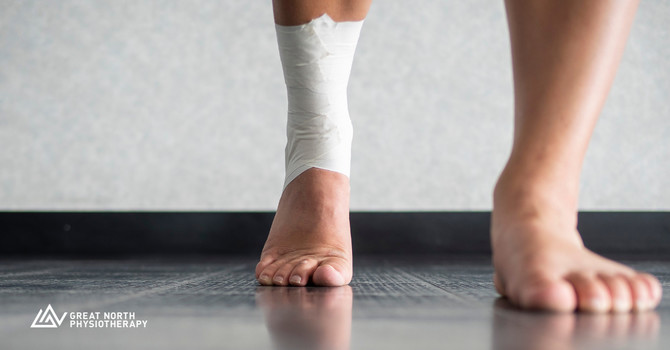
WHAT IS INCONTINENCE?
Incontinence is the involuntary loss of bladder or bowel control. According to the 2020 Canadian Urinary Bladder Survey, 1 in 4 Canadians (12% of men and 35% of women) experience urinary incontinence.¹
Fecal incontinence is the involuntary loss of stool or flatus, impacting around 40% as many people as urinary incontinence.²
TYPES OF INCONTINENCE
There are several categories of urinary incontinence; however, two of the more common ones are urge and stress urinary incontinence.
Urge urinary incontinence is experienced by 14% of the Canadian population.³ This is the involuntary loss of urine associated with a strong and sudden need to void, for example, when returning home and putting your key in the door.
Stress urinary incontinence is experienced by 50% of the Canadian population.³ This is losing bladder control with effort or physical exertion, such as laughing, coughing, sneezing, and high-load exercises like weightlifting and impact sporting movements.
32% of the Canadian population experience a combination of both urge and stress incontinence, called mixed urinary incontinence.³
Fecal incontinence can also present as urgency with bowel movements and a stress-induced loss of control of stool or flatus.
THE IMPACT OF INCONTINENCE
Incontinence can significantly impact the quality of life and mental health. The severity of symptoms can range from a mild bother with occasional dribbling to full-blown day and nighttime accidents requiring regular pad use. People with incontinence may need to engage in toilet mapping and limit their outings. They may also experience regular sleep interference and sexual dysfunction and start to avoid meaningful social activities due to fear of leaking in public. Past Canadian Community Health Survey results have highlighted a higher rate of depression among incontinent women.⁴
The annual cost of incontinence in Canada is estimated at 2.5 billion dollars for individuals and up to a whopping 8.5 billion dollars when factoring in the cost to employers and the healthcare system.³ Unfortunately, less than half of Canadians experiencing incontinence seek treatment due to embarrassment, shame, or assuming what they are experiencing is an expected part of aging.¹
WHAT CAUSES CAN LEAD TO INCONTINENCE?
Although incontinence can indeed increase with age, people of all ages and stages (including children and nulliparous people) can experience incontinence. Many factors contribute to incontinence, including chronic health conditions, lifestyle habits, medications, and strength and coordination changes to the soft tissue and muscles of the pelvis.²
For example, a brief period of incontinence is standard in the early post-partum period but should resolve reasonably quickly. It is also expected to experience leaking with an enlarged prostate or post-radical prostatectomy.
INCONTINENCE SOLUTIONS
There is a wide variety of treatment options for incontinence, ranging from conservative lifestyle changes to complete medical management and surgery.
Current recommendations are in favour of conservative management³, including pelvic floor physiotherapy. There is Grade A, Level 1 evidence (the highest level) for pelvic floor muscle training in treating urinary incontinence.⁵ It is important to understand that pelvic floor physiotherapy does not necessarily require an internal assessment, as alternative exercises and work can help strengthen the pelvic floor based on external assessments.
If you or someone you know needs guidance, our pelvic health physiotherapist can help. They can assist in identifying contributors to your incontinence and make individual recommendations to resolve leaking, urgency, frequency, and other pelvic floor symptoms you may be experiencing.
Explore these additional resources for more information:
The Canadian Continence Foundation
This non-profit organization has volumes of resources and information related to incontinence.
The International Continence Society
This research organization includes a comprehensive glossary of terminology and other educational resources.
Pelvic Health Solutions
A Canadian continuing education resource for clinicians, with an education section for patients.
Want to learn more? Book an appointment with Sophie Szczesniak at Great North Physiotherapy. Schedule online at www.greatnorthphysio.ca or call 289-606-0966 to speak with our team.
Always consult a healthcare professional before starting a new exercise routine and prioritize consistency and good form for optimal benefits.
REFERENCES
1. Shaw, C., Cahill, J., Wagg, A. (2020). The current state of continence in Canada: a Population representative epidemiological study. The Canadian Journal of Urology, 27(4), 10300-10305.
2. The Canadian Continence Foundation & Cameron Institute. (2014, December). Incontinence: The Canadian Perspective.
https://www.canadiancontinence.ca/pdfs/en-incontinence-a-canadian-perspective-2014.pdf
3. The Canadian Continence Foundation & Cameron Institute. (2014, December). The Impact of Incontinence in Canada; A briefing document for policy-makers. https://www.canadiancontinence.ca/pdfs/en-impact-of-incontinence-in-canada-2014.pdf
4. Vigod, S. N., & Stewart, D. E. (2006). Major depression in female urinary incontinence. Psychosomatics, 47(2), 147–151. https://doi.org/10.1176/appi.psy.47.2.147
5. Dumoulin, C., Hunter, K. F., Moore, K., Bradley, C. S., Burgio, K. L., Hagen, S., Imamura, M., Thakar, R., Williams, K., & Chambers, T. (2014). Conservative management for Female Urinary Incontinence and Pelvic Organ Prolapse Review 2013: Summary of the 5th international consultation on incontinence. Neurourology and Urodynamics, 35(1), 15–20. https://doi.org/10.1002/nau.22677






